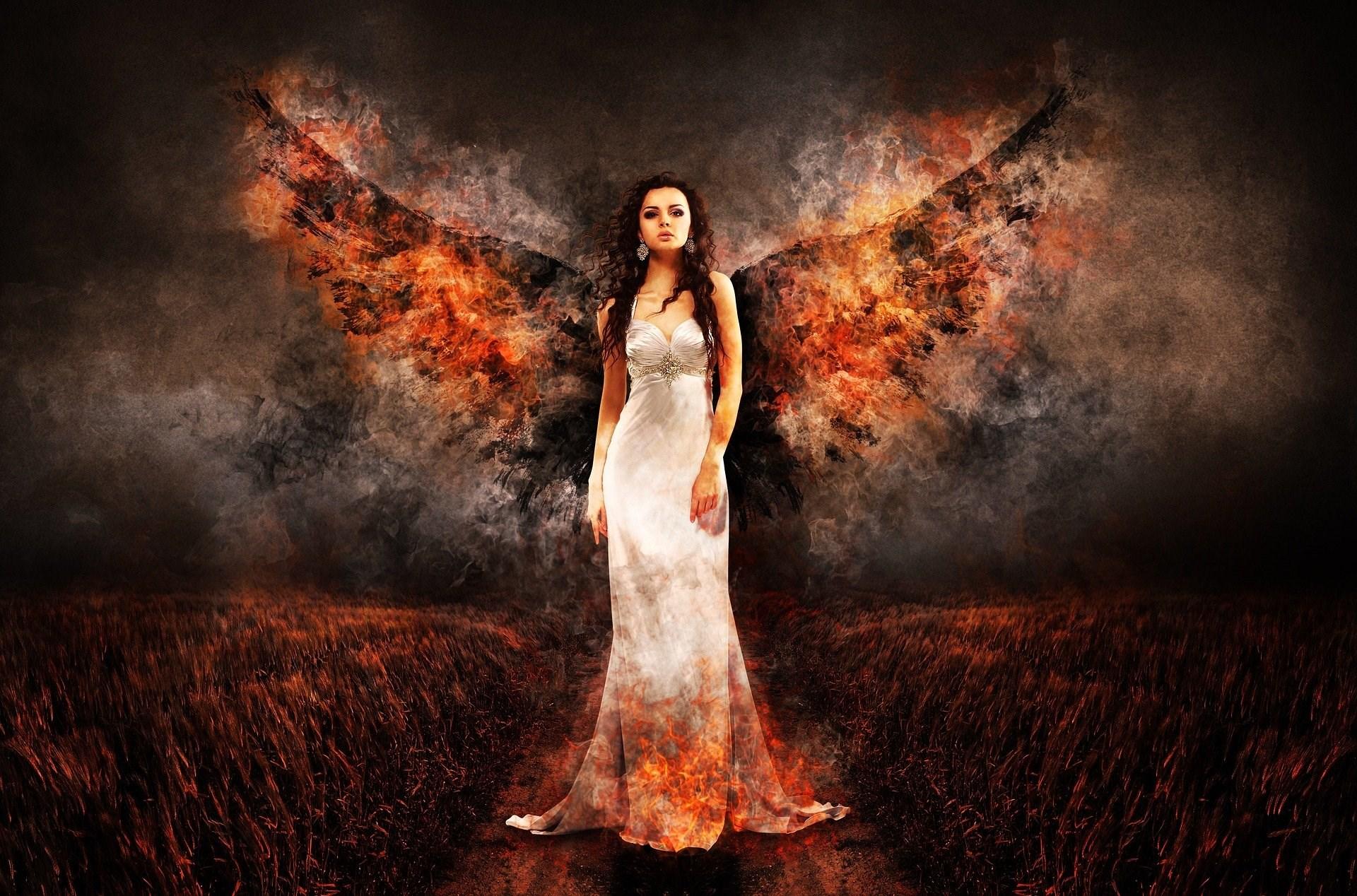
4 minute read
Overblown Romantics
Explore the most evocative period of European musical history with your class!
The ‘Romantic’ period of European musical history ran from roughly 1830 to around 1900. Music of this period is characterised by powerful, emotive expression, and many of the era’s composers fit the description of the ‘tortured artist’ whose innermost demons can only be exorcised through music!
This period saw the introduction of orchestral ‘programme music’ - music which was designed to tell a particular story, and hand in hand with this went the expansion of the orchestra to include more of every instrument and a few new ones besides! This resulted in works of extreme passion and drama, often using themes such as dreams and nightmares, mythology and legend, magic and the supernatural, and, of course, love!
Music during this time period was very lyrical, with long sustained melodies, often returned to and developed several times within one piece of music. Composers had complete freedom to structure their music however they wished, resulting in a variety of disparate styles and genres developing during this period.
Hector Berlioz
French composer Hector Berlioz is most well known for his epic orchestral work Symphonic Fantastique. One of the first examples of ‘ programme music’ it tells the story of an artist’s obsession with the woman of his dreams - she is represented by a repeating tune known as an ‘idee fixe’ which appears in all five movements. Each movement represents a different part of the story - a dream, a ball, the countryside, an execution (probably not best shared with primary children!) and a witches’ sabbath. This piece could inspire your own programmatic music, and with older children the creation of your own ‘idee fixe’ to hold the different sections of the story together.
Richard Wagner
This German composer is mainly known for writing some of the longest operas ever produced, and is definitely somewhat of a Marmite figure! If you play your class ‘Ride of the Valkyries’ be prepared for them to get very excited very quickly - and also be ready to talk about the instrumentation typical of the romantic style - which more often than not was basically as many instruments as they could fit onto the stage with lots of crashy percussion thrown in for good measure.
Felix & Fanny Mendelssohn
Brother and sister Felix and Fanny Mendelssohn shared a love of music, although as a man Felix had more opportunity to pursue his passion, and even passed off some of his sister’s compositions as his own - one hopes with good intentions! The Wedding March from A Midsummer Night’ s Dream is probably his most famous work, and one that your pupils are likely to recognise, but perhaps his most useful work for primary teachers’ purposes is The Hebrides Overture which is an incredibly evocative portrayal of the sea. This could provide inspiration for creating, selecting and combining, different timbres at KS1, or for more extensive compositional work at KS2. You could also compare and contrast this overture with Fanny Mendelssohn’s Overture in C and discuss the difference between a programmatic and non-programmatic approach.
Clara & Robert Schumann
This talented duo were a husband and wife team who had 8 children! Clara was the most important woman pianist of her generation and was also a talented composer - her Three Romances for Violin and Piano are extremely lyrical, containing the kind of soaring melodies typical of the Romantic period. Her husband Robert is particularly known for his song cycles - a group of songs which tell a story. Dichterliebe and Frauenliebe Und-Leben are great examples of this style, and could be compared and contrasted with modern love songs by your older KS2 pupils
Piotr Illych Tchaikovsky
This Russian composer is particularly famous for his ballets, and The Nutcracker, Swan Lake and Sleeping Beauty are still regularly performed by ballet companies all over the world today. Although he hid the fact during his lifetime, it is now known that Tchaikovsky was a member of the LGBT community, the pressure of concealing which caused him to suffer bouts of depression throughout his lifetime. His Nutcracker ballet contains music inspired by lots of different countries including Russia, China, and Spain, and you could listen to these with your class and discuss why the music ‘sounds’ like it came from that country, opening up a discussion about musical style. With EYFS you might like to make your own Nutcracker and Sugar Plum Fairy puppets and dance along in time to the pulse of the music.
Giuseppe Verdi
An Italian composer most famous for Opera, the works of Guiseppe Verdi have transcended classical music and become part of popular culture. The Chorus of the Hebrew Slaces from Nabucco, La Donna e Mobile from Rigoletto and The Drinking Song from La Traviata are all instantly recognisable. With older KS2 children you could have useful discussions about what makes a catchy tune, and have a go at creating your own memorable melody.






